October, 2025
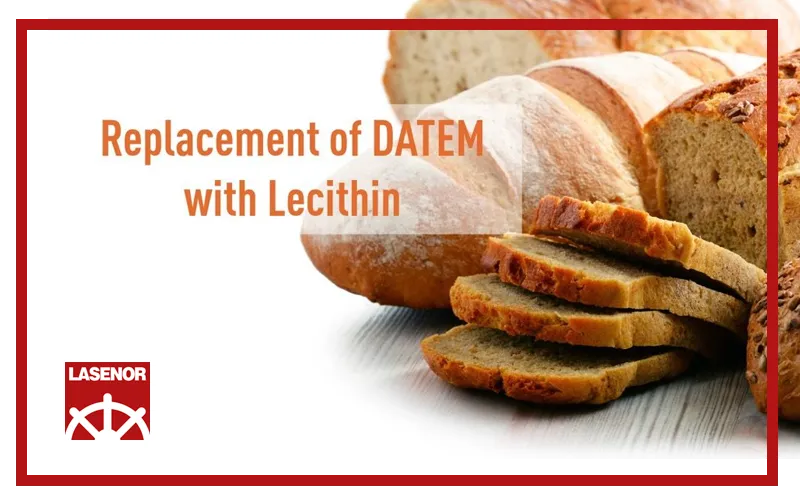
This article examines replacing the synthetic emulsifier DATEM (E 472e) with natural soy and sunflower lecithin. It analyzes the functional role of emulsifiers in bakery products, focusing on sliced bread and sugar cookies.
Hydrolyzed lecithin shows improved interaction with starch and gluten, offering a clear, clean-label benefit over DATEM.
Emulsifiers are essential in bakery production because they stabilize fat–water mixtures, enhance gas retention, and slow crumb firming. An emulsion is a mixture of two immiscible phases where the dispersed droplets are usually between 0.1 and 10 µm in size. Its stability relies on an emulsifier’s ability to:
In this study, we focus on DATEM and lecithin.
DATEM (E 472e) are diacetyl tartaric acid esters of mono- and diglycerides. Their main characteristics are:
Lecithin is a by-product of oil refining. It is a natural emulsifier (medium HLB) that supports oil-in-water emulsions and acts as a starch-and protein-complexing agent, offering:
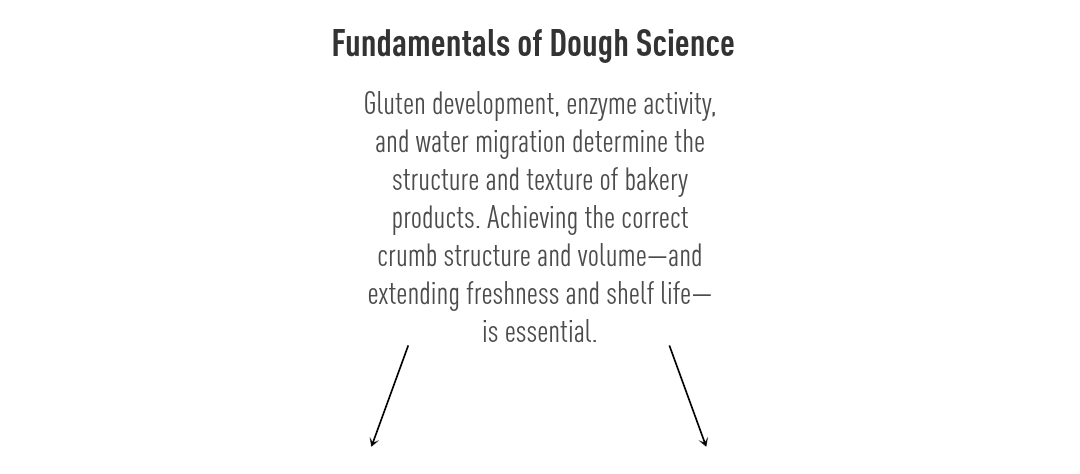
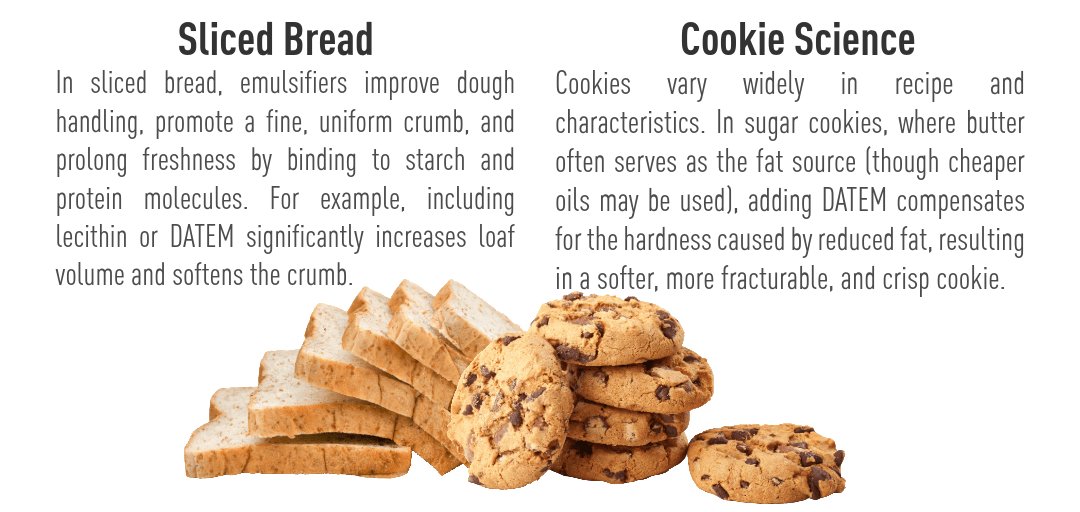
Replacing a synthetic emulsifier like DATEM with a natural alternative such as lecithin provides both functional and marketing benefits:
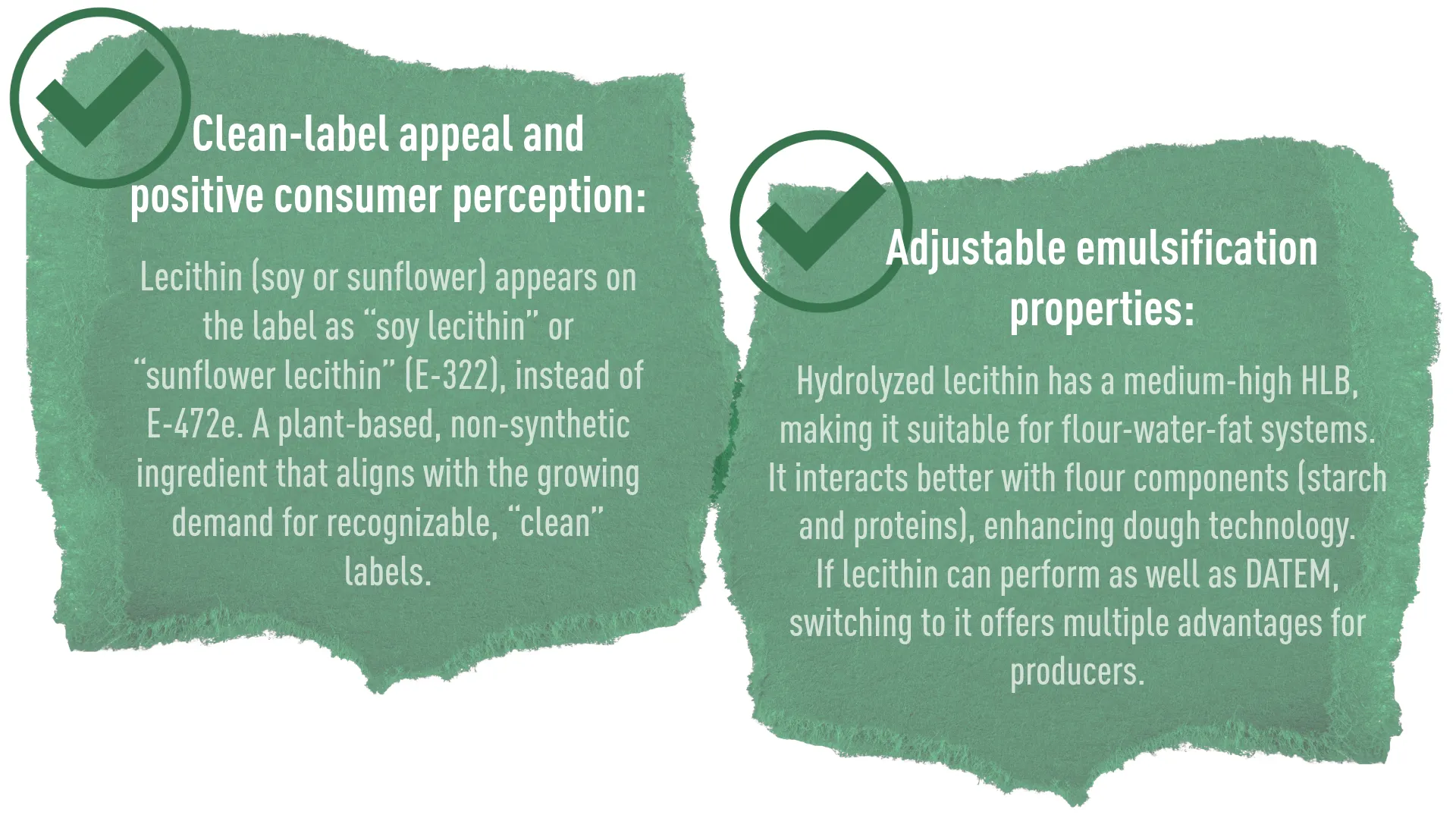
In collaboration with a leading Greek bakery, we successfully reformulated their sliced-bread production by replacing conventional emulsifiers (DATEM E-472e and standard soy lecithin) with our hydrolyzed soy lecithin VEROLEC HE NON GMO IP plus enzymes. The client reported excellent results and approved the new formulation for commercial use.
Our hydrolyzed soy lecithin VEROLEC HE NON GMO IP combined with enzymes functions as a natural emulsifier and dough improver.
Main benefits in sliced-bread applications:
Several trials were conducted with varying lecithin types and levels. Two botanical sources were tested, each as both standard and hydrolyzed lecithin:
First, a blank batch containing 0% emulsifier was produced. Then, the effect of DATEM at 0.18% (typical dosage) was evaluated. From that baseline, cookies were made, replacing DATEM with each lecithin at the exact 0.18% dosage. Finally, higher lecithin levels (0.22% and 0.26%) were tested.
The results are shown in the bar charts. The first (black) bar represents the blank (0% emulsifier). Observe how DATEM (orange bar) improves over the blank, then compare those improvements with each lecithin at the different dosages. Since the objective is to exceed the blank and match DATEM’s performance, it can be concluded that lecithin can be comparable to DATEM. Fracturability is the attribute showing the most significant improvement.
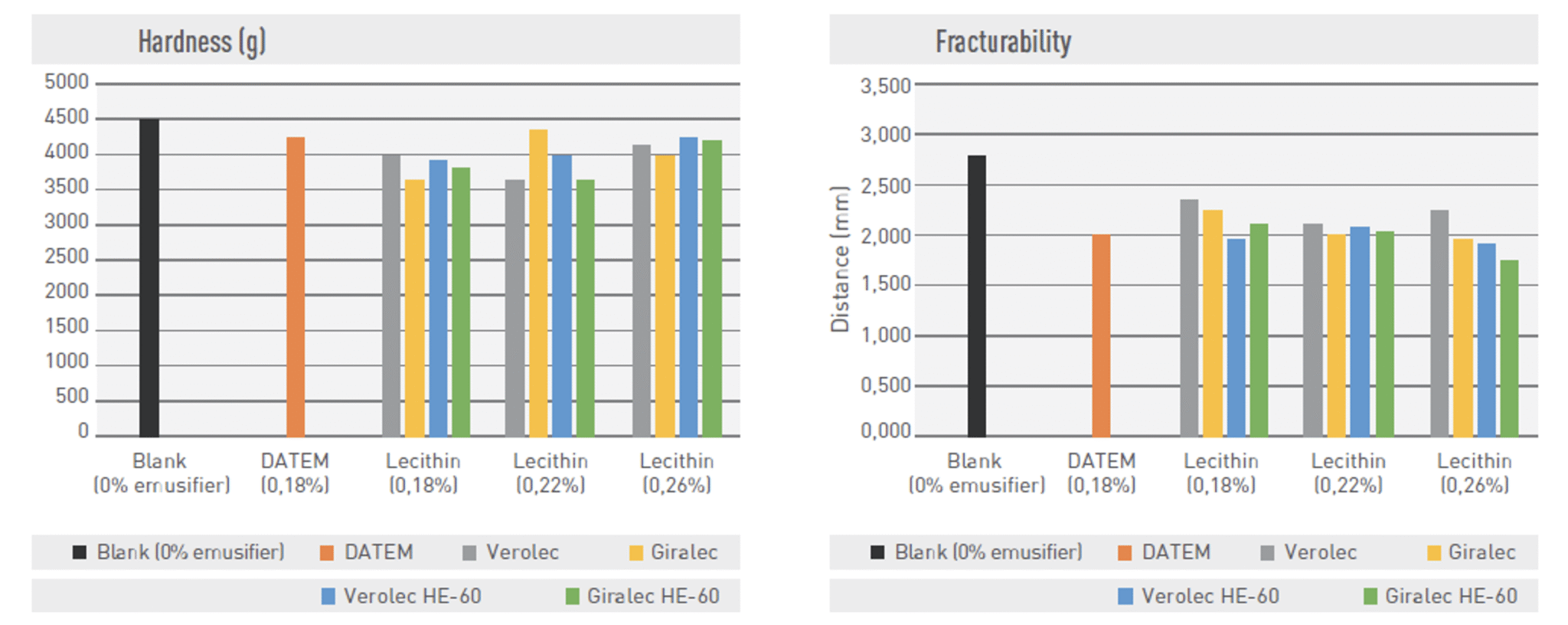
Replacing DATEM with lecithin allows the bakery industry to create cleaner-label products and satisfy consumer demand for plant-based, minimally processed ingredients. However, each bakery system (sliced bread, cookies, cakes) needs optimization of dosage and blends to balance texture, volume, and freshness.
Both Verolec HE-60 and Giralec HE-60 are successful DATEM alternatives for making high-quality sugar cookies.
LASENOR. (2021). R&D NEWS: Substituting DATEM with Lecithin in Sugar Cookies. Edwards, W. P. (n.d.). The Science of Bakery Products. Woodhead Publishing. Whitehurst, R. J. (n.d.). Emulsifiers in Food Technology.
Article Sourced from Lasenor